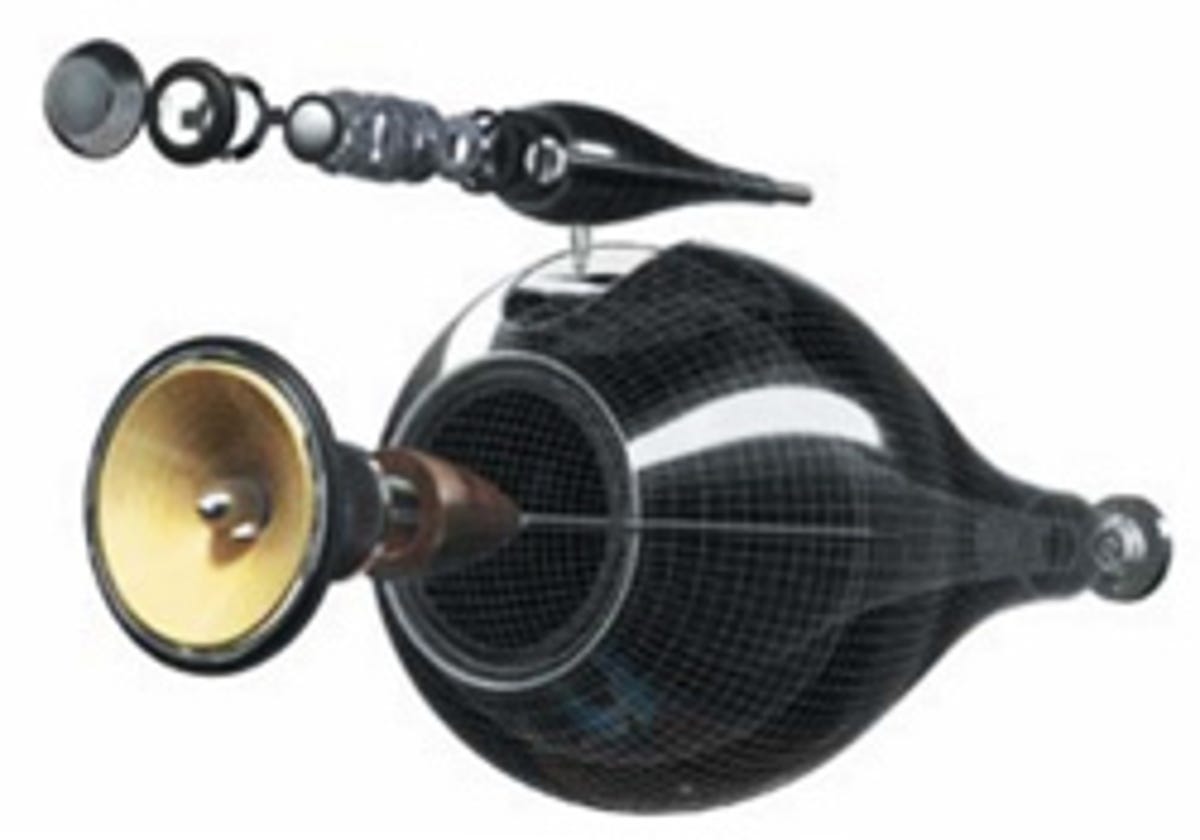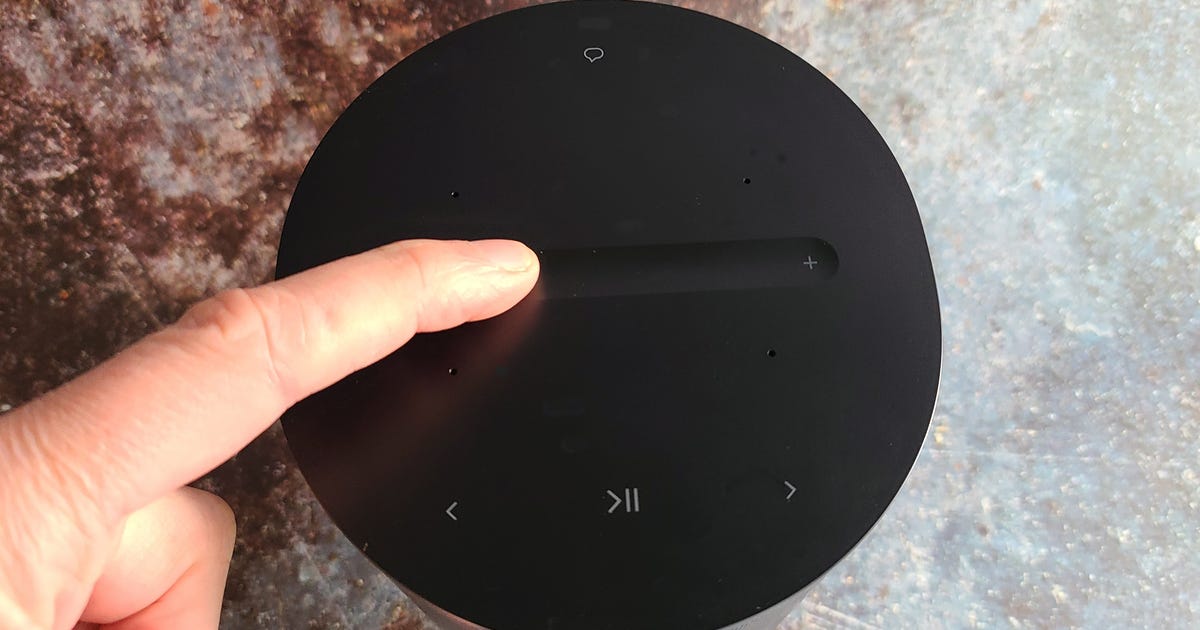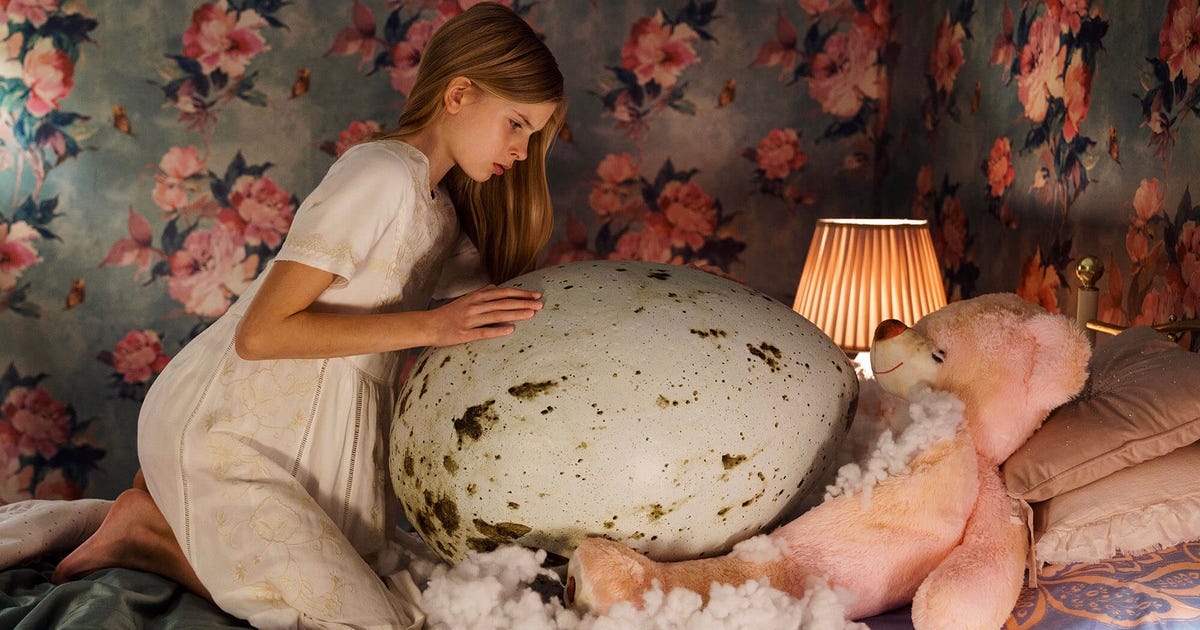The town of Worthing is perhaps not where you’d expect to find a world-class speaker company. A typically British seaside town, the parks and beaches are surrounded by squat brick houses sprinkled with Tudors and people driving on the left.
Just away from the water is the headquarters of Bowers & Wilkins, a storied audio brand with a wide range of audio products, including $180 headphones, $600 iPod docks, and speakers ranging a few hundred a pair to many tens of thousands each. Its speakers are found in homes and home theaters around the world, and even in the one of the greatest recording studios.
On a recent trip to the UK, I had a chance to take a tour of its factory. I took lots of pictures.
This wasn’t the only behind-the-scenes look I got on my UK adventure. I also got to check out the legendary Abbey Road Studios, and speaker and electronics company Meridian Audio.
There are two main aspects for any successful high-end speaker. Sound, of course, is one. The other is looks. Not just raw aesthetics, but how well-built it seems (and ideally, is). Curved cabinets and flawless paint are practically requirements in expensive speakers these days. Neither is easy to do well.
Going on tour at Bowers & Wilkins (pictures)






+30 more
For the curvy shapes, one of the ways to do it is by sandwiching multiple thin layers, with glue in between. This bundle is then squeezed by some seriously heavy machinery, bending and molding it into different shapes.
For example, here’s a video of how B&W makes the top piece for one of its tower speakers. It’s curved in multiple dimensions.
After 20-30 minutes of this compression, the curved and incredibly solid piece is trimmed by machine to the exact dimensions needed.
Scaling up, the massive machine in this next video does basically the same thing, but the end result is the curved back (and sides) of a huge center-channel speaker.
On the paint side, B&W devotes an entire floor just to black speakers. That’s how difficult it is to get that “piano smooth” look. Multiple layers of paint are a given, but then, perhaps counterintuitively, the speakers are sanded. Their attractive glossy finish is scoured away to leave something rather matte (you’ll see it in the gallery). This is then polished and polished some more.


B&W
One of B&Ws biggest differences in its high-end speakers is their diamond tweeter. This isn’t just a marketing term. These are actually artificially grown diamonds, formed into a dome shape. Typically, tweeters are made of aluminum (aluminium in “proper” English) or cloth.
With this diamond material, B&W claims rigidity benefits, which isn’t surprising. It also claims that this design allows the tweeter to function better, louder, with less potential for fidelity-robbing breakup. Since it costs 50x-100x more than the average tweeter, I’d hope so.
Though rigid, they’re surprisingly delicate to the touch (they’re so thin, you could easily crush one in your fingers). The diamond domes are shipped to B&W in what look like petri dishes, and through an almost entirely manual process, get formed into the distinctive tweeter tubes you see on top.
Related stories
- LED LCD vs. plasma vs. LCD
- Active 3D vs. passive 3D: What’s better?
- 1080i and 1080p are the same resolution
All of this manufacturing wouldn’t be much if the product wasn’t designed well to start. Once past the computer stages, B&W has multiple stress tests, including weather (which you’ll see in the galleries), and physical tests.
In this video, you can see a machine designed to destroy things. By pulling something apart, in this case, the driver for a subwoofer, engineers can see where and how it fails.
These failure points can be made stronger (by using a different material or design, for instance). By making each subsequent failure point stronger, the item as a whole becomes stronger. With each piece made stronger in this fashion, the products are more robust and potentially longer-lived.
So read all about this, plus testing, painting, anechoic chambers, and more, in the gallery.
Also check out my tour of Abbey Road Studios (which have B&W speakers in the control rooms), and check back tomorrow for my tour of Meridian.
My thanks to B&W’s Peter Paice for showing me around.
As well as covering TV and other display tech, Geoff does photo tours of cool museums and locations around the world, including nuclear submarines, massive aircraft carriers, medieval castles, epic 10,000 mile road trips, and more. Check out Tech Treks for all his tours and adventures.
He wrote a bestselling sci-fi novel about city-size submarines, along with a sequel. You can follow his adventures on Instagram and his YouTube channel.




